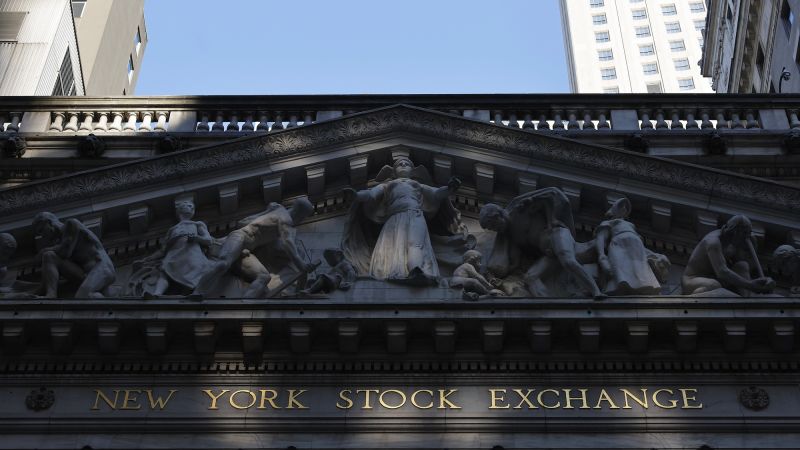Stocks slipped on Tuesday as concerns about sticky inflation took center stage. The Dow fell 571 points, or 1.5%, with the S&P 500 declining 1.6% and the Nasdaq Composite losing 2%. This marked the end of a five-month streak of gains for all three major indexes, with the Dow experiencing its worst month since September 2022. The Employment Cost Index, which rose 1.2% last quarter, fueled fears of continued inflation pressure, adding to previous data showing higher-than-expected inflation and a slowdown in GDP growth.
Investors are anxious about the combination of accelerated compensation growth and ongoing inflation, as they fear it may put the Federal Reserve in a difficult position in terms of implementing anticipated interest rate cuts. The Fed’s two-day monetary policy meeting, starting on Tuesday, is expected to result in an announcement that rates will be kept on hold, with investors awaiting comments from Chair Jerome Powell for guidance on when rate cuts might begin. The timing of any rate cuts remains uncertain for Wall Street, adding to the uncertainty in the market.
The overall concern in the market is based on the apparent slowdown in economic growth combined with persistent inflation, which could create challenges for the Federal Reserve in managing monetary policy effectively. Investors are closely monitoring any signs of economic indicators shifting, particularly as they impact inflation and interest rates. With the Fed’s decision to keep rates steady for now, the focus shifts to future policy changes and the potential impact on the market.
As the trading day ended, the levels of various stocks shifted slightly, reflecting the ongoing volatility and uncertainty in the market. Investors are closely watching for any changes that may indicate future trends in the market, with a particular focus on the Fed’s next steps and how they may impact stock performance. The combination of economic data, inflation concerns, and the Fed’s monetary policy decisions will continue to influence market dynamics in the coming weeks. Overall, the current environment is characterized by caution and uncertainty as investors navigate the evolving landscape.
The market volatility seen on Tuesday is indicative of the broader challenges facing investors in navigating economic uncertainty and potential shifts in monetary policy. As inflation remains a key concern, alongside slowing economic growth, investors are seeking clarity on the Federal Reserve’s approach to managing these issues. Comments from Chair Jerome Powell and the timing of any potential rate cuts will be closely watched for signals on the direction of the market in the coming months. The impact of these decisions on stock performance and overall market conditions will be monitored closely as investors adjust their strategies in response to changing economic conditions.
Overall, the market faces a period of uncertainty as investors navigate the complexities of inflation, economic growth, and Federal Reserve policy decisions. The interplay of these factors will shape market dynamics in the near term, with implications for stock performance and investor sentiment. As the Fed continues its two-day monetary policy meeting and announces its decision on interest rates, investors will be watching closely for any signals on future policy changes and the potential impact on the market. The ongoing fluctuations in stock prices reflect the current instability and uncertainty in the market, emphasizing the need for caution and strategic decision-making in response to evolving economic conditions.


